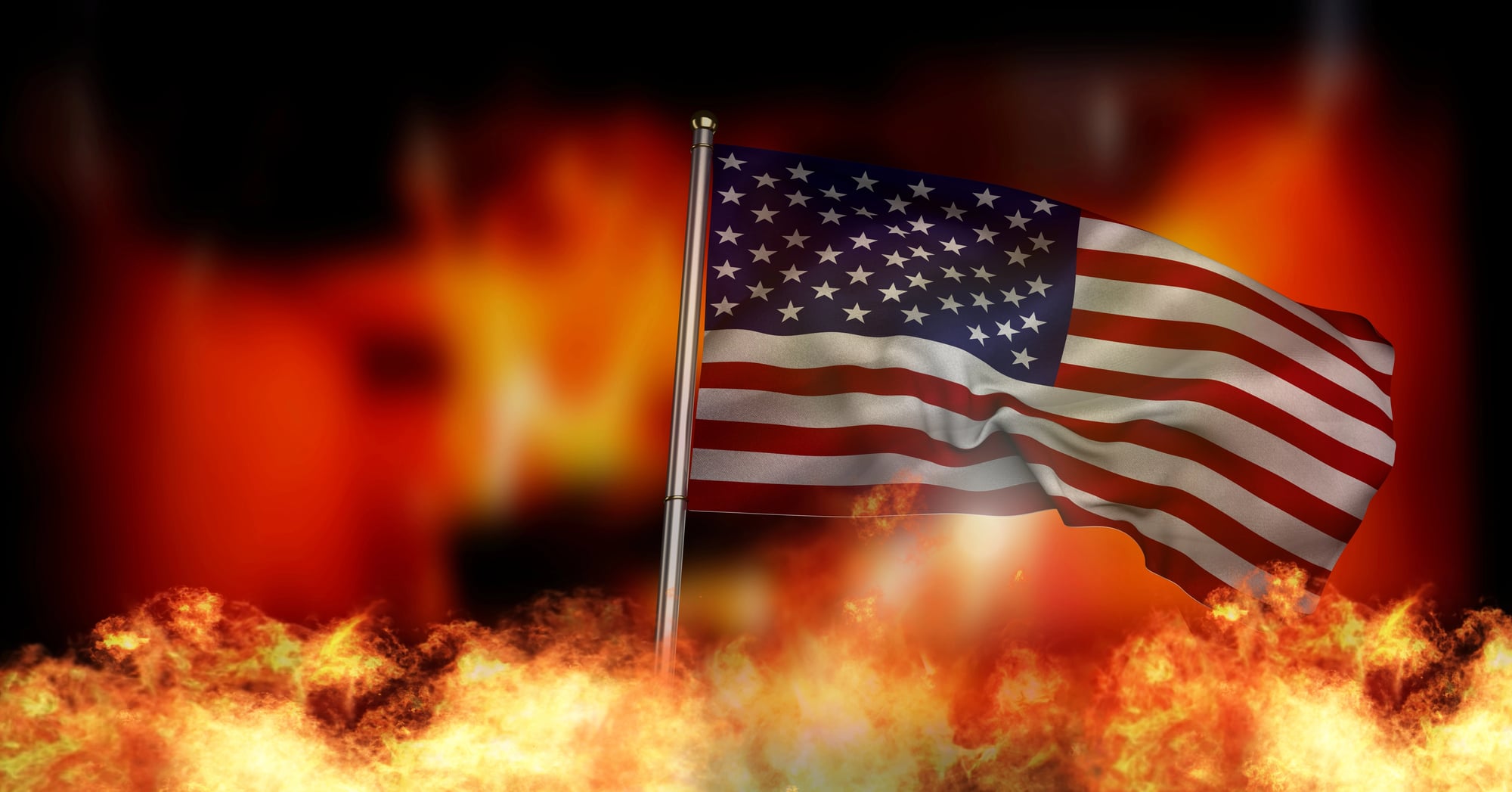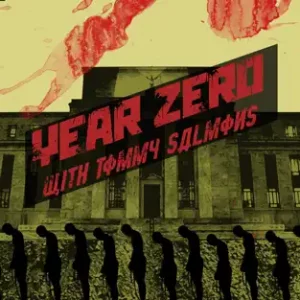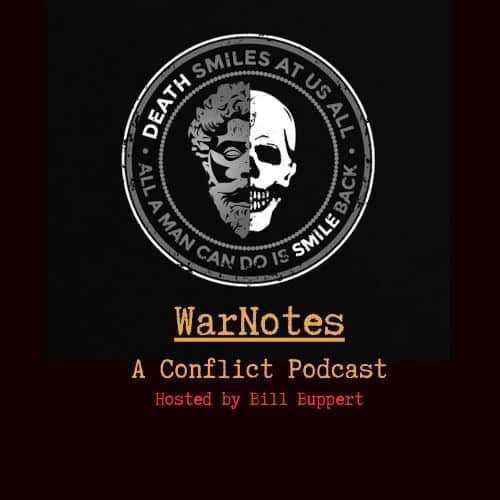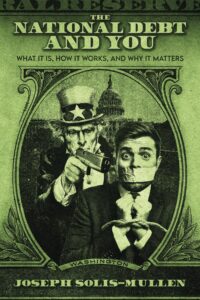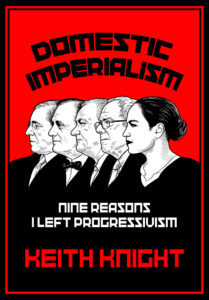On August 25, 2025, President Donald Trump signed an executive order aimed at people who burn or desecrate the American flag. The order instructs the U.S. attorney general to “vigorously prosecute” offenders, imposes a mandatory one‑year jail sentence for anyone who sets fire to the flag, and commands federal officials to refer cases to state authorities and to cancel visas and naturalization proceedings for foreigners who take part. Trump justified the directive by describing the flag as a sacred national symbol and by claiming that flag burning is “uniquely offensive” conduct likely to incite lawless action. Supporters saw the move as patriotic. Critics, however, recognised it as a direct challenge to the First Amendment’s protection of expression. This article explains why the executive order contradicts binding precedent, ignores the founders’ warnings about free speech, and diverts attention from a foreign policy that is itself fueling protest.
For more than three decades, the Supreme Court has been clear that burning an American flag, however distasteful, is protected expressive conduct. In Texas v. Johnson (1989), the Court overturned the conviction of Gregory Lee Johnson, who had burned a flag outside the 1984 Republican National Convention. Writing for the majority, Justice William Brennan declared that “If there is a bedrock principle underlying the First Amendment, it is that the government may not prohibit the expression of an idea simply because society finds the idea itself offensive or disagreeable.” The justices rejected the argument that preserving the flag’s sanctity justified criminal penalties and dismissed the notion that symbolic protest qualifies as “fighting words” or incitement. In subsequent rulings, the Court reaffirmed that response to offensive speech should be more speech, not censorship. Trump’s executive order attempts to resurrect a legal theory already rejected by the nation’s highest tribunal and invites prosecutors to punish conduct that the Constitution protects.
To understand why punishing flag burning undermines the republic, one need only listen to the founders themselves. George Washington, addressing officers of the Continental Army at Newburgh in 1783, warned that when citizens are prevented from speaking their minds “reason is of no use to us—the freedom of Speech may be taken away—and, dumb and silent we may be led, like sheep, to the Slaughter.” Washington’s admonition came amid rumors of a mutiny and emphasised that public debate and criticism are necessary to prevent unchecked power from degenerating into tyranny. If military officers, at the height of war, needed to hear that warning, how much more must a peacetime president heed it today?
As early as 1722, Benjamin Franklin—writing under the pseudonym Silence Dogood—argued that free inquiry and free speech are inseparable from liberty. In one of his essays he observed, “Without Freedom of Thought, there can be no such Thing as Wisdom; and no such Thing as publick Liberty, without Freedom of Speech; which is the Right of every Man, as far as by it, he does not hurt or control the Right of another.” Franklin explained that a government secure in its virtue has nothing to fear from criticism. He warned that whoever would overthrow the liberty of a nation must begin by subduing the freeness of speech. Criminalizing protest against the state’s policies therefore betrays the very ideas the flag is meant to represent.
The Virginia Declaration of Rights of 1776, drafted by George Mason and adopted by the revolutionary convention, declared that “the freedom of the press is one of the great bulwarks of liberty, and can never be restrained but by despotic governments.” This revolutionary charter predated the federal Bill of Rights and influenced several state constitutions. It recognised that a free press and, by extension, free expression are safeguards against arbitrary power. When a modern executive asserts the authority to imprison citizens for burning a flag, he invites the very despotism Mason warned against.
In Federalist No. 84, Alexander Hamilton cautioned against criminalising conduct that was not previously illegal and warned that “the practice of arbitrary imprisonments…have been, in all ages, the favorite and most formidable instruments of tyranny.” Hamilton stressed that confining people for offenses unknown to the law, or hurrying them to jail where their suffering is hidden, is a more dangerous engine of oppression than overt acts of despotism. Imprisoning protestors for burning a piece of cloth — an act the Supreme Court has held to be constitutionally protected—would constitute precisely the sort of arbitrary punishment that the framers feared.
Thomas Jefferson reminded his friend James Currie in 1786 that “Our liberty depends on the freedom of the press, and that cannot be limited without being lost.” Though written long before the Bill of Rights, Jefferson’s warning underscores a consistent theme: the founders believed that open dissent is the guardian of all other rights. A government secure in its legitimacy does not fear the speech of its citizens; it embraces it as the measure of its health.
Punishing flag burning is misguided for reasons that extend beyond case law. The act is dramatic but non‑violent; conflating a symbolic gesture with violence collapses the distinction between protest and harm. The flag represents the ideals of liberty and equality; compelling people to revere it under threat of imprisonment turns patriotism into a coerced ritual and trivializes the flag’s meaning. History shows that suppressing dissent galvanizes opposition. Efforts to ban flag desecration during the Vietnam era, the civil‑rights movement, and the leadup to the Iraq war did not quash those protests; they underscored the protesters’ point that the government cares more about symbols than about justice. Jailing protestors creates martyrs and signals a government insecure in its legitimacy. A confident republic meets offensive ideas with argument and persuasion, not with punishment.
The timing of the executive order is not incidental. Since October 2024, the United States has supplied Israel with billions of dollars in weapons and provided unwavering diplomatic cover for its assault on Gaza. An Al Jazeera report notes that Washington’s support “has been unwavering” and that both President Trump and his predecessor Joe Biden have backed Israel’s assault on Gaza, which human‑rights groups describe as a genocide. These facts have fuelled protests across the country. Flag burning has become a symbol of disgust with U.S. complicity in mass violence; protesters argue that the flag no longer stands for freedom when it is draped over bombs used in Gaza. Instead of addressing these critiques, the order criminalizes protest and diverts attention from questions about national priorities.
Critics of the Gaza war point out that Madison’s warnings about tyranny are especially relevant when a nation wages war abroad while curtailing liberty at home. War concentrates power in the executive and normalizes exceptional measures. Criminalizing protest during wartime multiplies the danger. History provides ample examples: the suppression of anti‑war speech during World War I, internment of Japanese‑Americans during World War II, and the mass surveillance authorized after the September 11 attacks. The current order continues this pattern, punishing those who would call attention to civilian suffering and government complicity. It reflects a government more concerned with preserving its image than with living up to the values the flag symbolizes.
Donald Trump’s flag‑burning order is a symbolic gesture meant to placate a base that equates patriotism with unquestioning loyalty. But the United States was founded on a different ethos. The First Amendment exists because the framers understood that freedom of expression is the lifeblood of a republic. When James Madison cautioned that suppressing communication about public officials attacks the very guardian of all other rights, he was not merely theorizing; he was warning future generations against exactly the sort of overreach embodied by the current order. George Washington feared that a nation deprived of free speech would be led dumb and silent like sheep to the slaughter, Benjamin Franklin insisted that liberty cannot exist without freedom of thought and expression, and George Mason reminded us that only despotic governments restrain the press. Together, these warnings point to the same conclusion: any government that imprisons citizens for symbolic protest betrays the very foundations on which it claims to stand.
America’s strength lies not in enforcing reverence for symbols but in tolerating dissent that tests our commitments. The flag is powerful precisely because it stands for the freedom to disagree with those in power. To punish people for burning it is to empty it of meaning. Instead of prosecuting dissenters, the government should address the grievances that drive them—whether that be unchecked executive power, abuses of civil liberties, or complicity in foreign conflicts. In a republic worthy of its founding documents, citizens do not fear their government, and the government does not fear its citizens. If the flag is to continue inspiring respect, it must remain a symbol of a nation that protects liberty even when doing so is uncomfortable.


